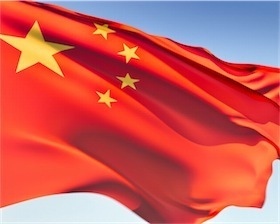Real vs Nominal Exchange Rates

Something I don't think I've laid out on the blog is the fact that China's efforts to manipulate nominal exchange rates between the dollar and the RMB have only a limited impact on the real exchange rate, which is instead adjusting via the mechanism of inflation:
Chinese inflation is running consistently higher than American inflation, which is scarcely above 1%. That translates into rapid real appreciation despite the slow movement in the nominal exchange rate. And that should produce a decline in Sino-American imbalances, which seems to be emerging. In December, China's trade surplus fell sharply from its November level, from $22.9 billion to $13.1 billion.
It appears that markets are pushing the real exchange rate in the appropriate direction, despite Chinese intervention. That will help bring trade between the countries closer to balance. But it's up to the governments in China and America to facilitate this process and reduce its cost to citizens by removing structural obstacles to adjustment.
So that's fine as far as it goes. But it also underscores the case for doing more via nominal exchange rate adjustment. What the PRC government is doing here doesn't really avoid the problems that would be associated with RMB appreciation and it does create a range of extra problems. The imbalances, as such, will go away over time no matter what happens with exchange rate policy, but this is a needlessly destructive way to make it happen.


Matthew Yglesias's Blog
- Matthew Yglesias's profile
- 72 followers



